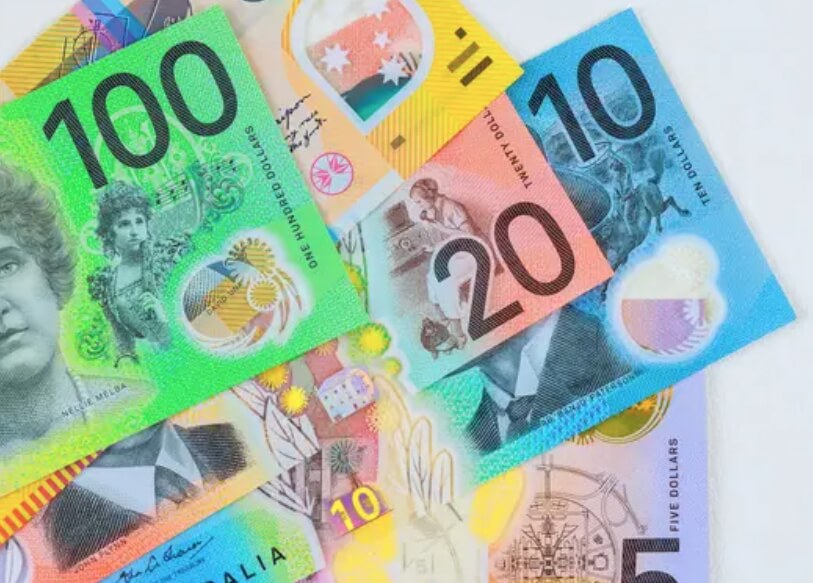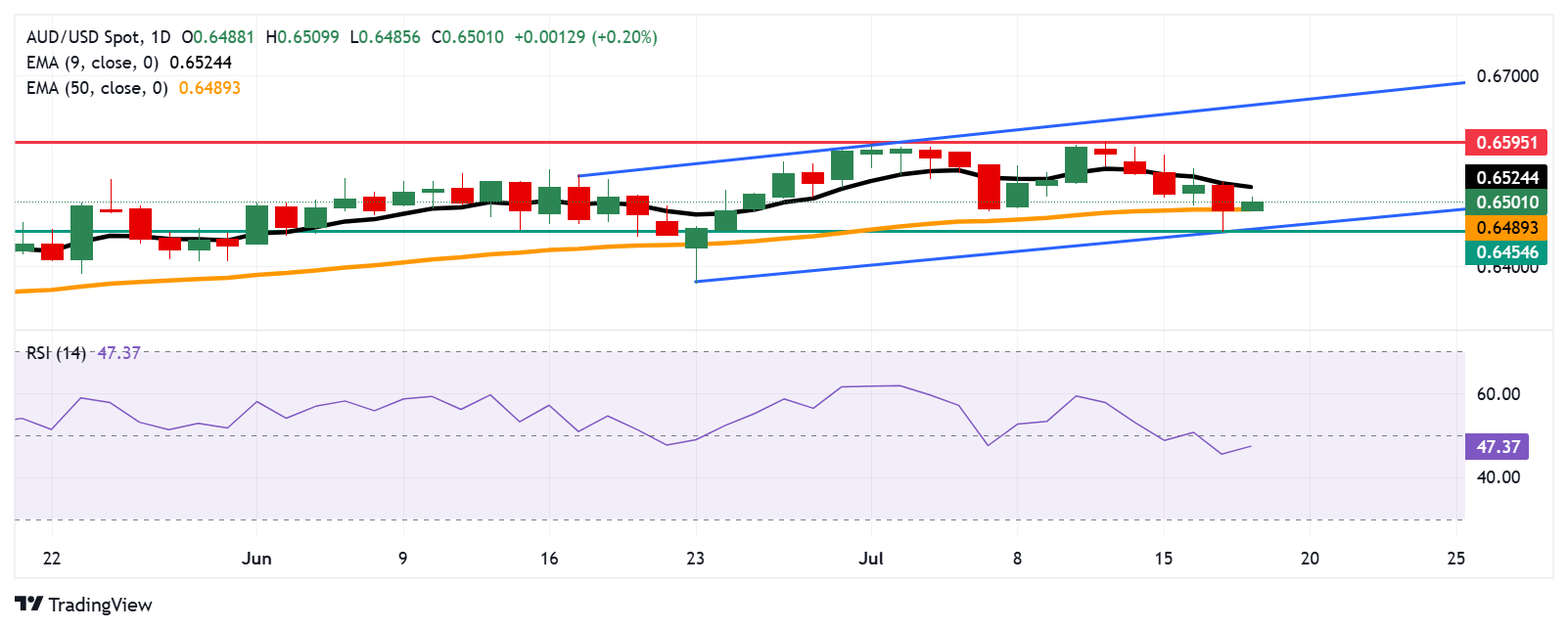Australian Dollar advances as market sentiment improves due to dovish Fedspeak

The Australian Dollar rises as the US Dollar struggles following dovish remarks from Fed officials.
San Francisco Fed President Mary Daly said that expecting two rate cuts this year is a "reasonable" outlook.
US Retail Sales rose by 0.6% MoM, while Retail Sales climbed 3.9% YoY in June.
The Australian Dollar (AUD) advances on Friday, recovering its more than 0.5% losses from the previous session. The AUD/USD pair appreciates as the US Dollar (USD) faces challenges due to dovish remarks from the Federal Reserve (Fed) officials.
San Francisco Fed President Mary Daly said that expecting two rate cuts this year is a "reasonable" outlook, while warning against waiting too long. Daly added that rates will eventually settle at 3% or higher, which is higher than the pre-pandemic neutral rate.
Fed Governor Christopher Waller said late Thursday that he believes that the US central bank should reduce its interest rate target at the July meeting, citing mounting economic risks. Waller added that delaying cuts runs the risk of needing more aggressive action later.
However, FOMC Governor Adriana Kugler said that the US central bank should not lower interest rates "for some time" since the effects of Trump administration tariffs are starting to show up in consumer prices. Kugler added that restrictive monetary policy is essential to keep inflationary psychology in line.
Australian Dollar appreciates as US Dollar edges lower ahead of UoM Consumer Sentiment
The US Dollar Index (DXY), which measures the value of the US Dollar against six major currencies, is edging lower and trading at around 98.50 at the time of writing. Traders will likely observe the University of Michigan Consumer Sentiment, Building Permits, and Housing Starts later on Friday.
US Retail Sales rose by 0.6% month-over-month in June versus -0.9% prior. This figure came in above the market consensus of 0.1%. Meanwhile, the annual Retail Sales climbed 3.9%, compared to a rise of 3.3% in May.
US Producer Price Index (PPI) was unexpectedly unchanged in June, against the market consensus of a 0.2% rise. Meanwhile, the core PPI rose by 2.6% YoY versus 3.0% prior, softer than the 2.7% expected.
The latest Fed Beige Book shows that while overall business activity remains healthy and inflation pressures are relatively subdued, underlying cost pressures are building, and business operators remain cautious.
US President Donald Trump said on Wednesday that he plans to send letters to over 150 countries, notifying them of a 10% tariff rate they will face. He emphasized that these are "not big countries" with limited trade ties to the US, unlike China or Japan. He also hinted the rate could rise to 15–20%, though he did not confirm any specifics.
President Trump said in an interview with the Real America's Voice network on Wednesday that he would love for Fed Chair Jerome Powell to resign, but that it would disrupt the markets if the president were to remove him. He also mentioned the possibility of striking a deal with Europe. Regarding tariffs on Canada, he said it’s too soon to comment. A tariff deal with India, however, is very close.
China’s economy expanded at an annual rate of 5.2% in the second quarter, compared to a 5.4% growth in the first quarter and the expected 5.1% growth. Meanwhile, the Chinese Gross Domestic Product (GDP) rate rose 1.1% in Q2, against the market consensus of a 0.9% increase. Moreover, Retail Sales increased by 4.8% YoY in June, against the 5.6% expected and 6.4% prior, while Industrial Production came in at 6.8%, against the 5.6% expected.
The Australian Bureau of Statistics reported on Thursday that seasonally adjusted Employment Change was 2K in June, recovering from a previous decline of 2.5K in May, though falling way short of the expected 20K new jobs. Meanwhile, the Unemployment Rate rose to 4.3% from 4.1% prior. The figure came in above the market consensus of 4.1%.
Australia’s Westpac Consumer Confidence on Tuesday, which climbed 0.6% month-over-month in July, following a 0.5% gain in June. This marked a third consecutive monthly increase, signaling a modest yet encouraging improvement in consumer outlook.
Australian Dollar trades around 0.6500 after rebounding from 50-day EMA
AUD/USD is trading around 0.6510 on Friday. The daily chart’s technical analysis indicated a bullish bias is active as the pair is positioned within the ascending channel pattern. However, the 14-day Relative Strength Index (RSI) is positioned below the 50 mark, suggesting that market bias is weakening. The pair remains below the nine-day Exponential Moving Average (EMA), indicating that short-term price momentum is weakening.
On the downside, the 50-day EMA at 0.6490 is acting as an immediate support. A successful breach below this level would weaken the short-term price momentum and put downward pressure on the AUD/USD pair to approach the ascending channel’s lower boundary around 0.6460, aligned with the three-week low at 0.6454, which was recorded on July 17.
The AUD/USD pair may target the nine-day EMA at 0.6524. A break above this level could strengthen the short-term price momentum and support the pair to approach the eight-month high of 0.6595, which was reached on July 11.
AUD/USD: Daily Chart

Australian Dollar PRICE Today
The table below shows the percentage change of Australian Dollar (AUD) against listed major currencies today. Australian Dollar was the strongest against the US Dollar.

The heat map shows percentage changes of major currencies against each other. The base currency is picked from the left column, while the quote currency is picked from the top row. For example, if you pick the Australian Dollar from the left column and move along the horizontal line to the US Dollar, the percentage change displayed in the box will represent AUD (base)/USD (quote).
* The content presented above, whether from a third party or not, is considered as general advice only. This article should not be construed as containing investment advice, investment recommendations, an offer of or solicitation for any transactions in financial instruments.


